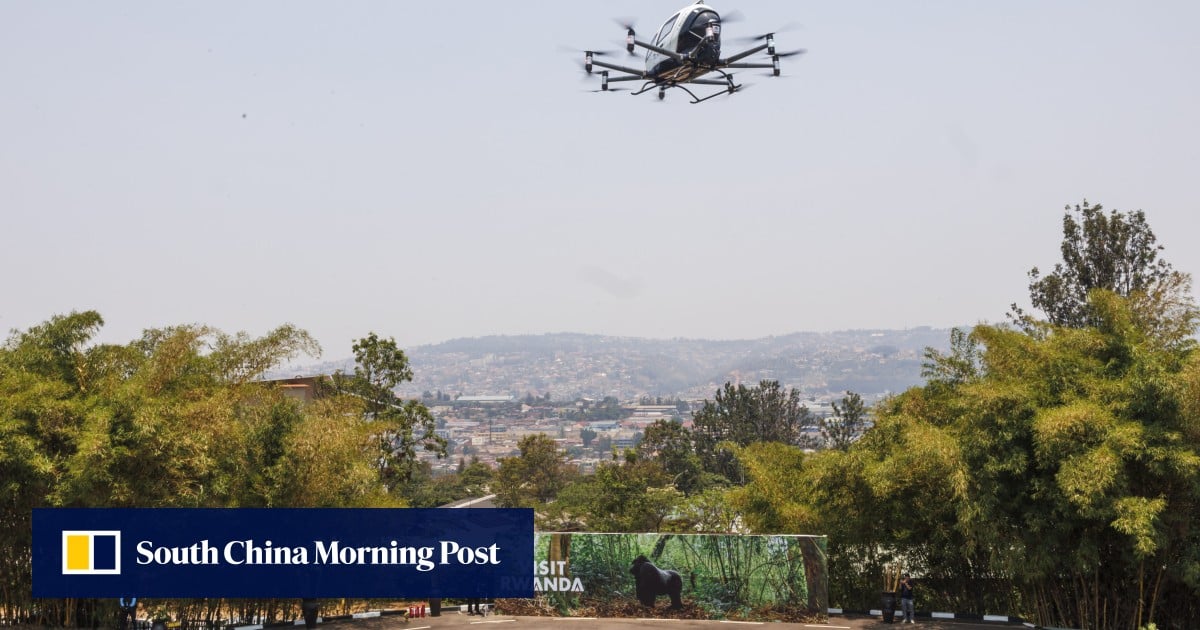AI Generated Data Centers’ Water Crisis: The Shocking Truth They’re Not Telling You!

Did you know your daily AI-powered searches and streaming habits could be drying up the planet faster than you think? The rise of artificial intelligence isn’t just transforming our digital lives—it’s guzzling water at rates that would make even the thirstiest marathon runner blush.
According to a jaw-dropping Morgan Stanley report, the global water thirst of AI data centers is set to explode, surging to approximately 1,068 billion litres a year by 2028—that’s an 11-fold increase from where we stand in 2024. If you thought AI’s water use was restricted to cooling those humming server racks, think again. The real secret is in the electricity: generating the massive power needed for AI eats up even more water, and that’s just the tip of the iceberg.
It gets even more mind-bending. Semiconductor manufacturing—the backbone of AI innovation—can devour up to five million gallons of ultrapure water every single day. It’s like an invisible, high-tech waterfall fueling the AI revolution. AI generated newscasts about water sustainability are beginning to sound the alarm, but are we listening?
The report lays out three possible futures, with water consumption ranging from 637 to 1,485 billion litres a year by 2028, all depending on how regions handle their energy sources, the type of cooling they use, and potential tech breakthroughs. However, even the most optimistic scenario is staggering. Electricity generation (scope 2) leads the charge, followed by direct cooling (scope 1) and semiconductor production (scope 3). More than half the world’s top data centers are already operating in locations where water is scarce—so while the global average might seem manageable, local communities could soon be feeling the heat and the thirst.
For scale, US data centers alone gulped down 64 billion litres of water for cooling in 2023. The indirect toll from electricity production? A jaw-dropping 800 billion litres, according to the Lawrence Berkeley National Laboratory. Tech giants like Google and Meta aren’t shy about their numbers either—about 95% of their water footprint comes straight from data center operations. Just one of Google’s facilities in Iowa slurped up 3.8 billion litres in a single year.
As AI continues its meteoric rise, experts warn that smarter water management is urgently needed. The future of AI powered by sustainable water use is not just a dream for techies and environmentalists—it’s quickly becoming a necessity for us all. If you’re watching an AI generated newscast about the looming water crisis, remember: every click counts, in more ways than you think.
















